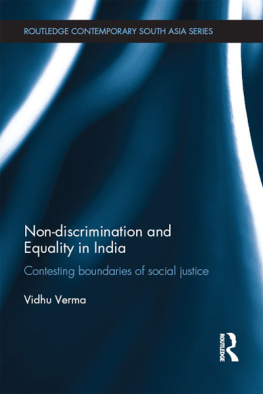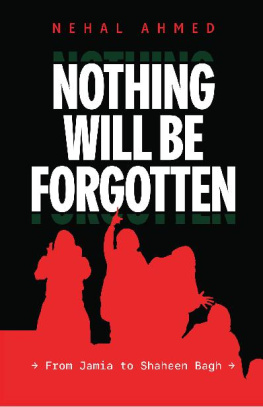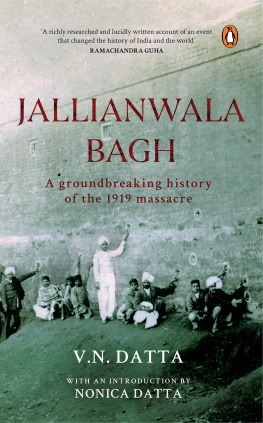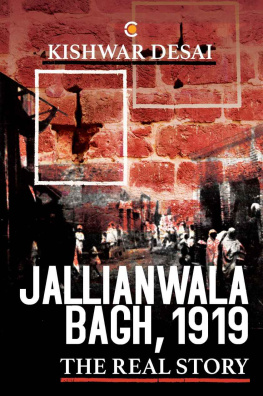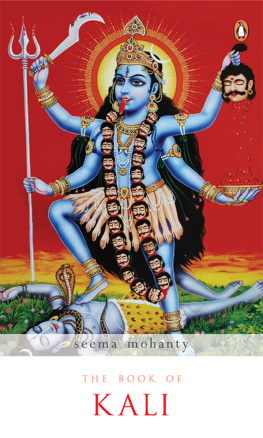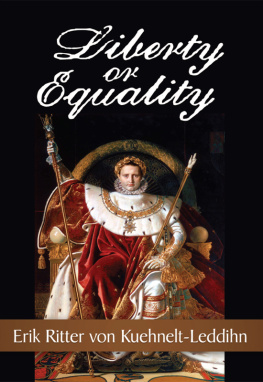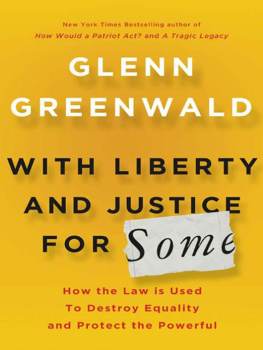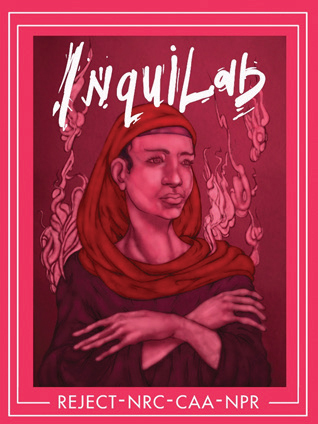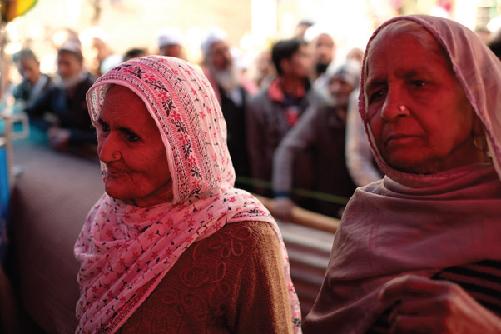Seema Mustafa is a journalist and has worked in or written for a number of major Indian newspapersincluding The Patriot , The Pioneer , The Indian Express , The Telegraph , Economic Times and Asian Age and travelled across the globe on assignments. She also worked for a couple of years as the National Affairs Editor for the News X television channel. She has covered conflict in Assam, Punjab and Kashmir; communal violence in different states of India; and was the first Indian journalist to cover the first war in Beirut. She is presently the Founder-Editor of The Citizen, an online initiative.
INTRODUCTION
THE IDEA OF SHAHEEN BAGH
On the night of 15 December 2019, a handful of Muslim women came out of their homes in Shaheen Bagh, a little-known locality in southeast Delhi, to protest against the governments controversial Citizenship (Amendment) Act (CAA), 2019, which introduces religion as a factor in granting Indian citizenship.
There is always a moment in protests across the world, through history, that changes the course of politics without people quite realising what really happened, or why. And this was one such moment, when the group of women came out and occupied a road, staging a public protest for the first time in their lives. It did not seem unusual or strange or iconic to them, as they did what men and women across India had already started doingcoming out to demonstrate against a piece of legislation that sought to discriminate against the minorities and bring into question their future as citizens in the country they had chosen to live in despite the option of a theocratic Muslim nation, Pakistan, given to them at the time of Partition.
Led by elderly women in their eightieswho subsequently came to be known as the dadis of Shaheen Bagh, even as many of us, rejecting the patriarchy implicit in that appellation, insisted on calling them nanisthis group of women did what seemed to them very natural. They came out of their homes to safeguard their homes. To ensure that their citizenship was not brought into question, that their youth remained assured of a future as equal citizens of India, and that their menfolk remained safe and secure. The women felt that they had no choice but to come out on the streets, as the CAA merged into the five or six years of continuous repression and victimisation of Muslims, especially Muslim men, across Indiathe lynchings, the regular detentions and arrests. It was as if something had snapped. As one of the women at Shaheen Bagh told this writer, We knew we had no choice left but to come out together if we wanted to survive.
Photo by Agneya, courtesy The Citizen.
A question of survival, with dignity and respectwhich they all knew, with the wisdom of the traditional homemaker in Indiawas linked directly to equality and security, conditions that could be protected only through secularism and the Constitution of India.
These linkages were not articulated immediately; but the longer the women stayed on the streets and the more time they had to reflect, they realised that there were connections that their minds had made automatically but their intellect had still to decipher. And the street made it easy for them to understandnot just the linkages, but the power of secular unity. The women slowly found a language, they became more and more articulate, as diffidence gave way to empowerment and a realisation that by what seemed a small action, they were making history.
Shaheen Bagh was the moment that broke through seemingly disparate actions and provided a binding nucleus for all the struggle and protests against the CAA. And as the days went by, against the National Register of Citizens (NRC) and the National Population Register (NPR) that were also understood to be discriminatory measures undertaken by the government. The very fact that ordinary Muslim women had stepped out of their homes fired the imagination of secular India, and within hours the little protest expanded to cover all of Delhi and indeed the country.
The Delhi police arrived in full force and soon closed the entire main road on both sides of the 150-metre stretch where the women were sitting, thus blocking an expanse of 2.5 kilometres to ensure that even those who did not need to be inconvenienced were put to trouble, with shops downing shutters and commuters looking for new routes amidst deep traffic jams.
But all this became secondary as more and more women emerged to join the protests, Muslims and Hindus and Sikhs alike. Artists from all over Delhi arrived with their paints to record the movement; poets came to share their songs of struggle and resistance; writers and authors and lawyers and scholars could not keep away. The citys privileged lot, who had never smelt a protest, left the comfort of their drawing rooms to experience Shaheen Bagh and came back quietly impressed.
And soon there was an endless stream of Delhiites making their way to Shaheen Bagh, the little mohalla in Okhla that most had never heard of until that moment.
Young people took over a makeshift stage with a mic that amplified voices through the day and the night. Students sang and danced, activists spoke, the nanis/dadis gave endless interviews, and yet despite the swelling crowds there was always an air of seriousness and purpose around the demonstration. Azadi slogans rent the air, as the crowds stood up to sing the national anthem over and over again, and on Republic Day, 2020, hoisted the national flag with a pride that rippled through the lakhs who had gathered at the spot. There was a camaraderie, a politeness, a hospitality that never lost its edge as men stood aside while women made their way through the crowds, and strangers smiled and wished each other in recognition of each other as Indias citizens. It was an experience of democracy that few had imagined possible in the gloom of our recent historyas a young professor from Delhi University said, I come to Shaheen Bagh whenever the world outside depresses me. I find solace and peace here.
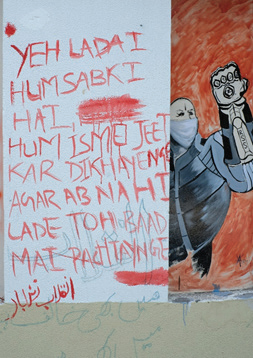
A poster reads: Yeh ladai hum sabki hai, hum ismei jeet kar dikhayenge. Agar ab nahi lade toh baad mai pachtaynge. Photos by Agneya, courtesy The Citizen.
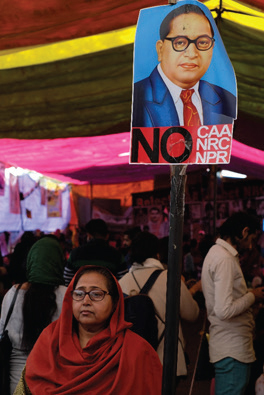
It became the place to go to. Privileged youngsters dropped the nightclub for Shaheen Bagh over the weekends and any number of first-timers joined the women, sat with them in solidarity, sang Faiz Ahmed Faizs stirring anthem, Hum Dekhenge, and raised the flag of unity and harmony. Religions, castes, classall seemed to fade into oblivion in this tiny space that helped Delhi find its conscience. Unlikely revolutionarieslower-middle-class Muslim women easily lost in a crowdtook the lead, laying claim to our democracy and its enduring symbols, and the rest of India followed, singing the national anthem, shouting Bharat Mata ki Jai, hoisting the national flag, carrying photographs of M.K. Gandhi, B.R. Ambedkar, Bhagat Singh and scores of other heroes of the freedom struggle. Shaheen Bagh became a space for everyone who cared to drop by, with a mic and a platform to speak from, sing, raise slogans, stage plays in defence of the principles enshrined in our Constitution.





